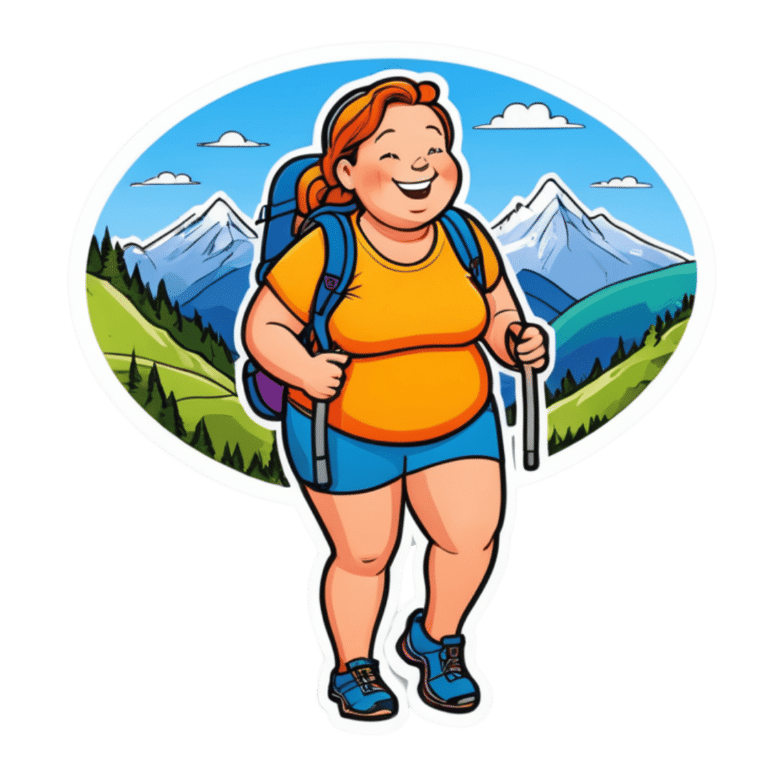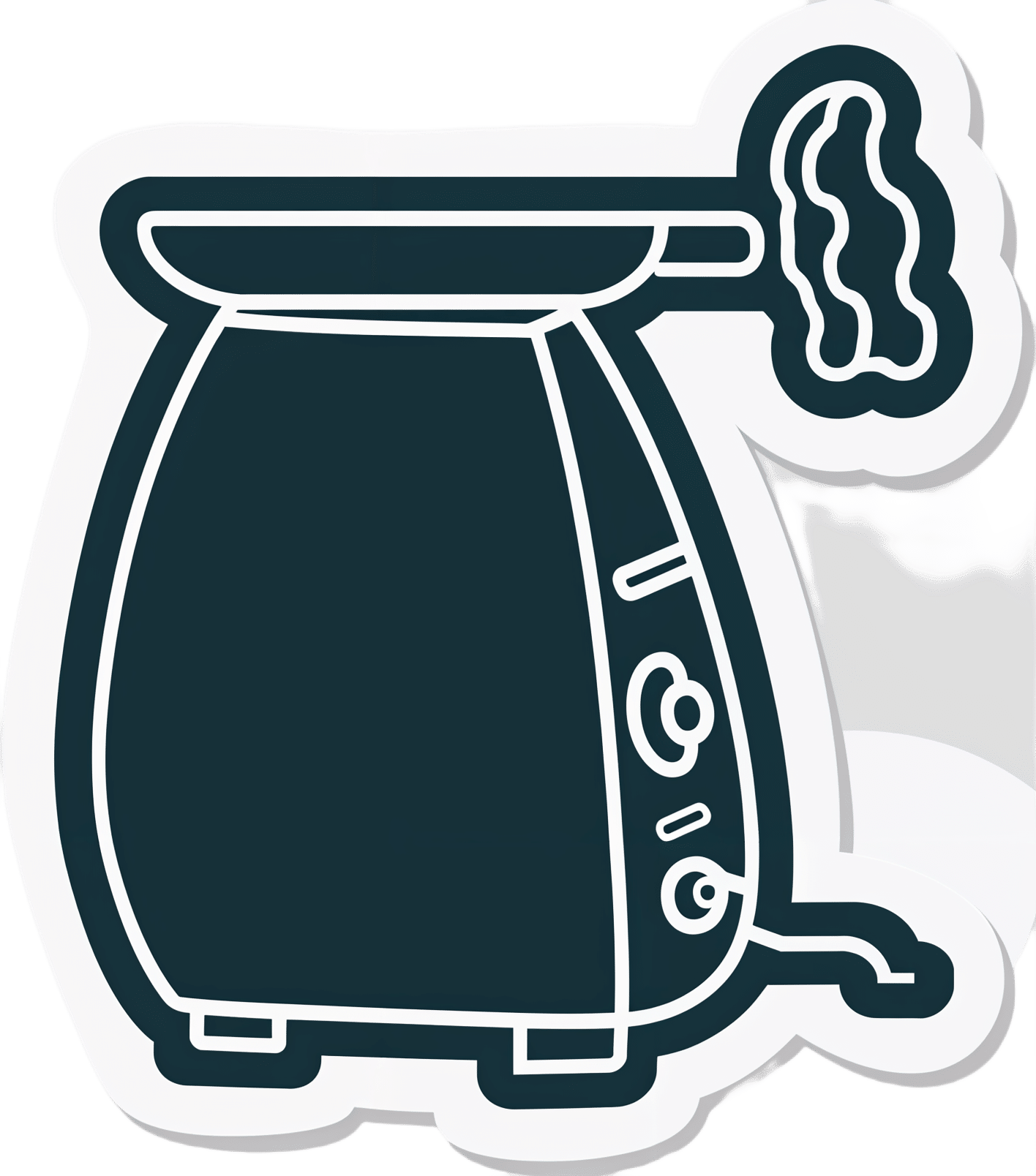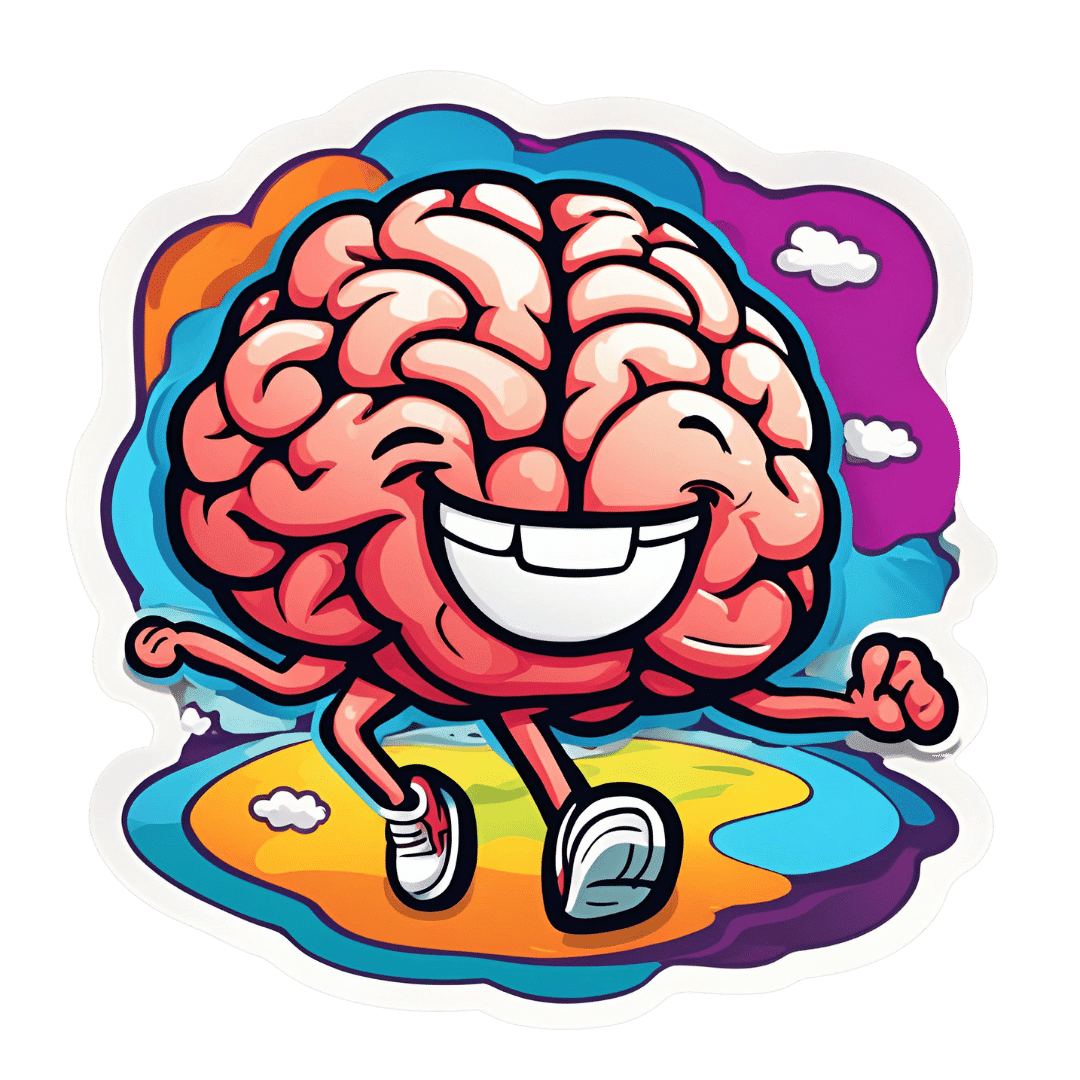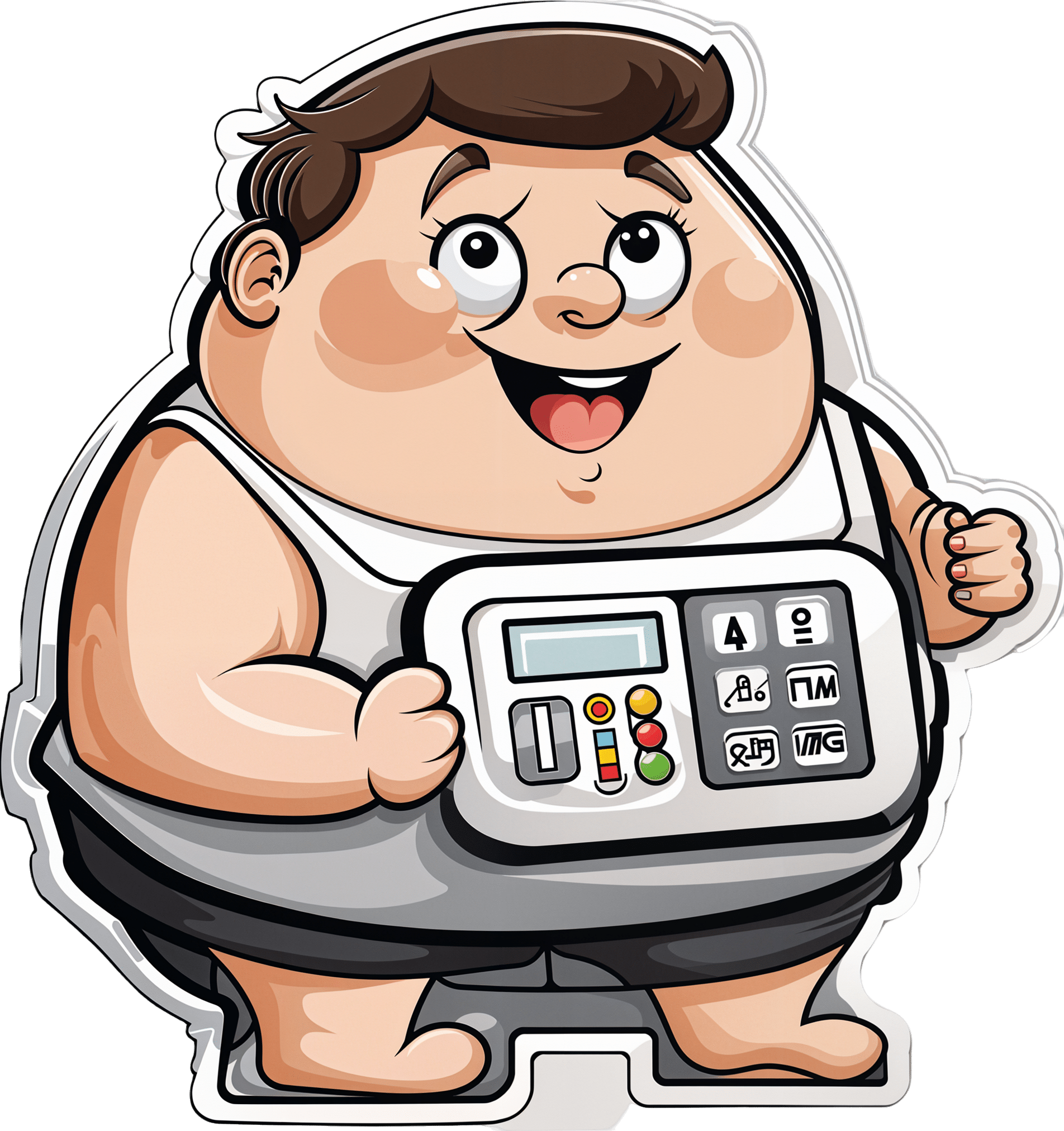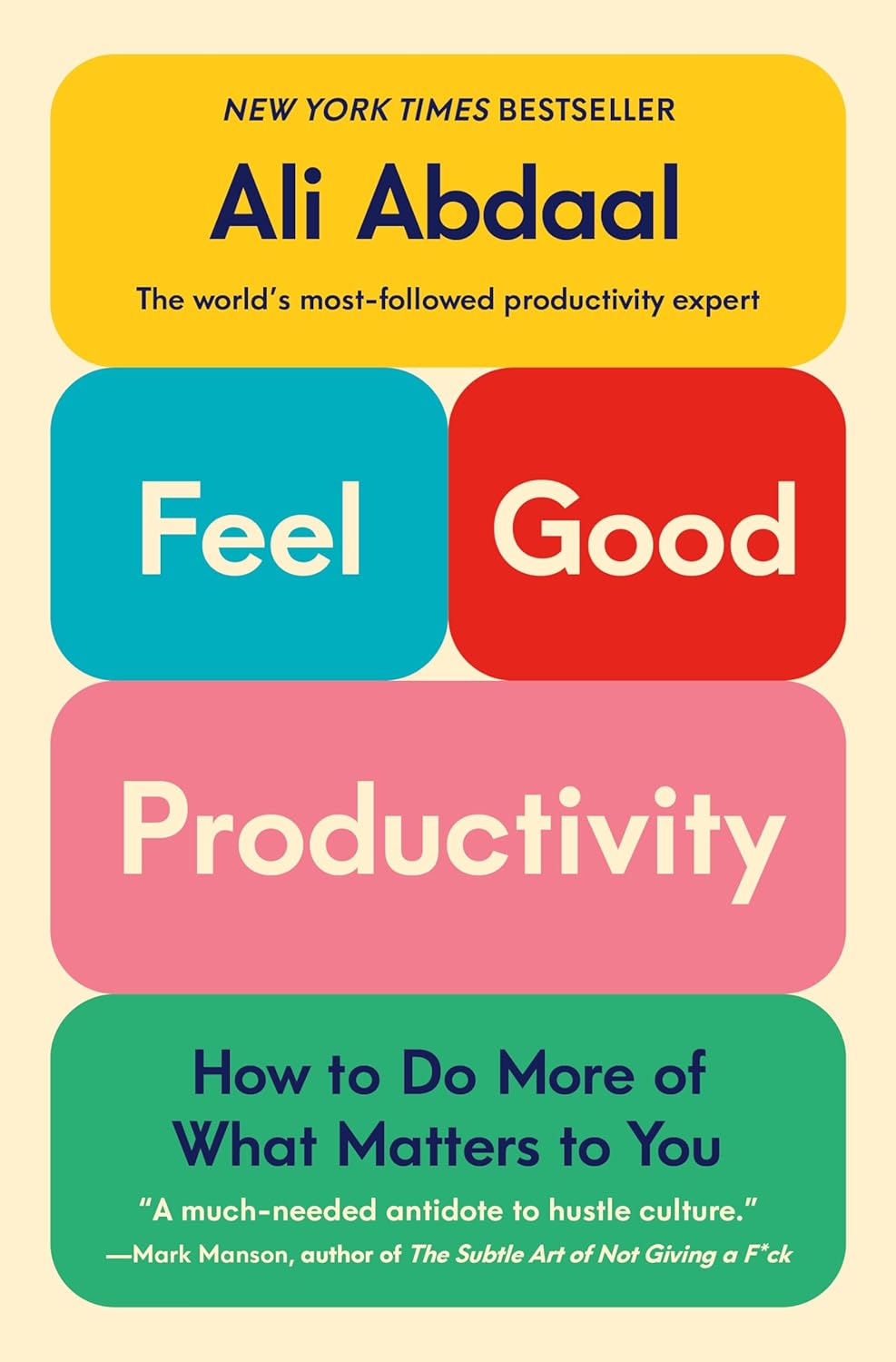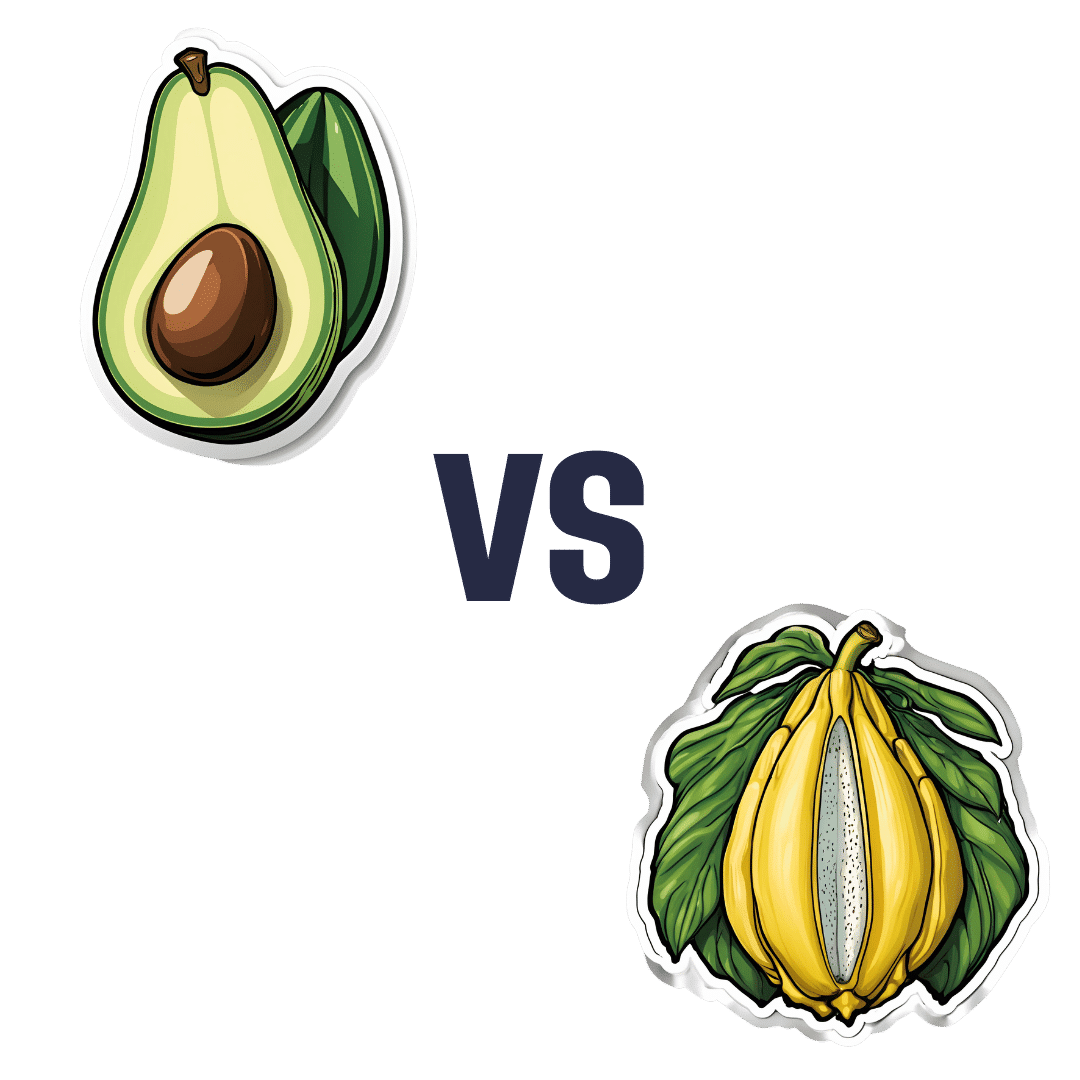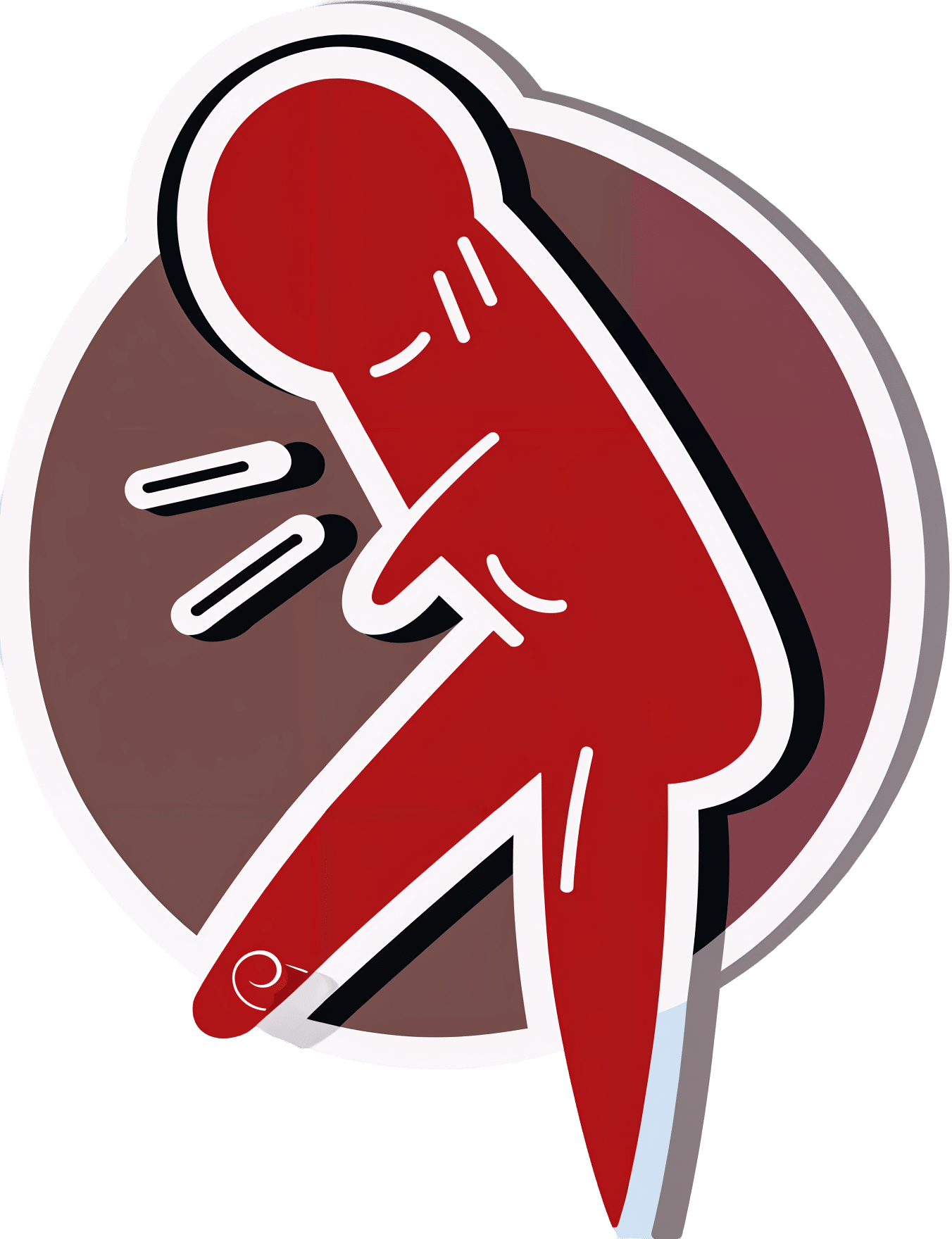
Managing Chronic Pain (Realistically!)
10almonds is reader-supported. We may, at no cost to you, receive a portion of sales if you purchase a product through a link in this article.
Realistic chronic pain management
We’ve had a number of requests to do a main feature on managing chronic pain, so here it is!
A quick (but important) note before we begin:
Obviously, not all chronic pain is created equal. Furthermore, we know that you, dear reader with chronic pain, have been managing yours for however long you have, learning as you go. You also doubtlessly know your individual condition inside out.
We also know that people with chronic health conditions in general are constantly beset by well-meaning unsolicited advice from friends and family, asking if you’ve heard about [thing you heard about 20 years ago] that will surely change your life and cure you overnight.
It’s frustrating, and we’re going to try to avoid doing that here, while still offering the advice that was asked for. We ask you, therefore, to kindly overlook whatever you already knew, and if you already knew it all, well, we salute you and will not be surprised if that’s the case for at least some readers. Chronic pain’s a… Well, it’s a chronic pain.
All that said, let’s dive in…
How are you treating your body right now?
Are you hydrated; have you eaten; are you standing/sitting/lying in a position that at least should be comfortable for you in principle?
The first two things affect pain perception; the latter can throw a spanner in the works if something’s not quite right.
Move your body (gently!)
You know your abilities, so think about the range of motion that you have, especially in the parts of your body that hurt (if that’s “everywhere”, then, our sympathies, and we hope you find the same advice applies). Think about your specific muscles and joints as applicable, and what the range of motion is “supposed” to be for each. Exercise your range of motion as best you can (gently!) to the point of its limit(s) and/or pain.
- If you take it past that limit, there is a good chance you will make it worse. You don’t want that.
- If you don’t take it to the limit, there is a good chance your range of movement will deteriorate, and your “safe zone” (i.e., body positions that are relatively free from pain) will diminish. You definitely don’t want that, either.
Again, moderation is key. Yes, annoying as the suggestion may be, such things as yoga etc can help, if done carefully and gently. You know your limits; work with those, get rest between, and do what you can.
For most people this will at least help keep the pain from getting worse.
Hot & Cold
Both of these things could ease your pain… Or make it worse. There is an element of “try it and see”, but here’s a good general guide:
Here’s How to Choose Between Using Ice or Heat for Pain
Meditation… Or Distraction
Meditating really does help a lot of people. In the case of pain, it can be counterintuitively helpful to focus for a while on the sensation of the pain… But in a calm, detached fashion. Without judgement.
“Yes, I am experiencing pain. Yes, it feels like I’m being stabbed with hot knives. Yes, this is tortuous; wow, I feel miserable. This truly sucks.”
…it doesn’t sound like a good experience, does it? And it’s not, but paying it attention this way can paradoxically help ease things. Pain is, after all, a messenger. And in the case of chronic pain, it’s in some ways a broken messenger, but what a messenger most needs is to be heard.
The above approach a) is good b) may have a limit in how long you can sustain it at a time, though. So…
The opposite is a can be a good (again, short-term) approach too. Call a friend, watch your favorite movie, play a video game if that’s your thing. It won’t cure anything, but it can give you a little respite.
Massage
Unless you already know this makes your pain worse, this is a good thing to try. It doesn’t have to be a fancy spa; if the nature of your pain and condition permits, you can do self-massage. If you have a partner or close friend who can commit to helping, it can be very worth them learning to give a good massage. There are often local courses available, and failing that, there is also YouTube.
Here’s an example of a good video for myofascial release massage, which can ease a lot of common kinds of chronic pain:
Some quick final things to remember:
- If you find something helps, then it helps, do that.
- That goes for mobility aids and other disability aids too, even if it was designed for a different disability. If it helps, it helps. You’re not stealing anyone’s thunder (or resources) by using something that makes your life easier. We’re not in this life to suffer!
- There is no such thing as “this pain is not too much”. The correct amount of pain is zero. Maybe your body won’t let you reach zero, but more than that is “too much” already.
- You don’t have to be suffering off the scale to deserve relief from pain
Don’t Forget…
Did you arrive here from our newsletter? Don’t forget to return to the email to continue learning!
Recommended
Learn to Age Gracefully
Join the 98k+ American women taking control of their health & aging with our 100% free (and fun!) daily emails:
-
Unlock Your Air-Fryer’s Potential!
10almonds is reader-supported. We may, at no cost to you, receive a portion of sales if you purchase a product through a link in this article.
Unlock Your Air-Fryer’s Potential!
You know what they say:
“you get out of it what you put in”
…and in the case of an air-fryer, that’s very true!
More seriously:
A lot of people buy an air fryer for its health benefits and convenience, make fries a couple of times, and then mostly let it gather dust. But for those who want to unlock its potential, there’s plenty more it can do!
Let’s go over the basics first…
Isn’t it just a tiny convection oven?
Mechanically, yes. But the reason that it can be used to “air-fry” food rather than merely bake or roast the food is because of its tiny size allowing for much more rapid cooking at high temperatures.
On which note… If you’re shopping for an air-fryer:
- First of all, congratulations! You’re going to love it.
- Secondly: bigger is not better. If you go over more than about 4 liters capacity, then you don’t have an air-fryer; you have a convection oven. Which is great and all, but probably not what you wanted.
Are there health benefits beyond using less oil?
It also creates much less acrylamide than deep-frying starchy foods does. The jury is out on the health risks of acrylamide, but we can say with confidence: it’s not exactly a health food.
I tried it, but the food doesn’t cook or just burns!
The usual reason for this is either over-packing the fryer compartment (air needs to be able to circulate!), or not coating the contents in oil. The oil only needs to be a super-thin layer, but it does need to be there, or else again, you’re just baking things.
Two ways to get a super thin layer of oil on your food:
- (works for anything you can air-fry) spray the food with oil. You can buy spray-on oils at the grocery store (Fry-light and similar brands are great), or put oil in little spray bottle (of the kind that you might buy for haircare) yourself.
- (works with anything that can be shaken vigorously without harming it, e.g. root vegetables) chop the food, and put it in a tub (or a pan with a lid) with about a tablespoon of olive oil. Don’t worry if that looks like it’s not nearly enough—it will be! Now’s a great time to add your seasonings* too, by the way. Put the lid on, and holding the lid firmly in place, shake the tub/pan/whatever vigorously. Open it, and you’ll find the oil has now distributed itself into a very thin layer all over the food.
*About those seasonings…
Obviously not everything will go with everything, but some very healthful seasonings to consider adding are:
- Garlic minced/granules/powder (great for the heart and immune health)
- Black pepper (boosts absorption of other nutrients, and provides more benefits of its own than we can list here)
- Turmeric (slows aging and has anti-cancer properties)
- Cinnamon (great for the heart and has anti-inflammatory properties)
Garlic and black pepper can go with almost anything (and in this writer’s house, they usually do!)
Turmeric has a sweet nutty taste, and will add its color anything it touches. So if you want beautiful golden fries, perfect! If you don’t want yellow eggplant, maybe skip it.
Cinnamon is, of course, great as part of breakfast and dessert dishes
On which note, things most people don’t think of air-frying:
- Breakfast frittata—the healthy way!
- Omelets—no more accidental scrambled egg and you don’t have to babysit it! Just take out the tray that things normally sit on, and build it directly onto the (spray-oiled) bottom of the air-fryer pan. If you’re worried it’ll burn: a) it won’t, because the heat is coming from above, not below b) you can always use greaseproof paper or even a small heatproof plate
- French toast—again with no cooking skills required
- Fish cakes—make the patties as normal, spray-oil and lightly bread them
- Cauliflower bites—spray oil or do the pan-jiggle we described; for seasonings, we recommend adding smoked paprika and, if you like heat, your preferred kind of hot pepper! These are delicious, and an amazing healthy snack that feels like junk food.
- Falafel—make the balls as usual, spray-oil (do not jiggle violently; they won’t have the structural integrity for that) and air-fry!
- Calamari (vegan option: onion rings!)—cut the squid (or onions) into rings, and lightly coat in batter and refrigerate for about an hour before air-frying at the highest heat your fryer does. This is critical, because air-fryers don’t like wet things, and if you don’t refrigerate it and then use a high heat, the batter will just drip, and you don’t want that. But with those two tips, it’ll work just great.
Want more ideas?
Check out EatingWell’s 65+ Healthy Air-Fryer Recipes ← the recipes are right there, no need to fight one’s way to them in any fashion!
Share This Post
-
6 Daily Habits To Keep Your Brain Young & Sharp
10almonds is reader-supported. We may, at no cost to you, receive a portion of sales if you purchase a product through a link in this article.
Without brain health, we do not have health. So here are six ways to keep it in order:
Food for thought
The six areas to focus on are as follows:
- Physical exercise: as we at 10almonds sometimes say, what’s good for the heart is good for the brain (because the brain is only as healthy as the circulation feeding it). For this reason, the recommendation here is for physical exercise that improves heart health—so, walking, running, swimming, dancing, etc.
- Healthy diet: shocking nobody, this is important too. Specifically, a diet rich in fruits, vegetables, and healthy proteins and fats is important—partly for the heart benefits that give indirect benefits to the brain, and partly because the brain is built of stuff and so we have to consume that stuff in order to rebuild it (omega-3s features strongly here, for instance). Remember to hydrate, too! The body can’t do anything without water.
- Good sleep: yes, the famous 7–9 hours sleep per night, and yes, even at your age, whatever that might be. This is important for memory consolidation, cell repair, toxin removal, and more. Sleep deprivation, on the other hand, leads to cognitive decline and brain shrinkage.
- Mental stimulation: ideally, engaging those parts of the brain you most wish to protect (e.g. language, memory, or whatever is most important to you).
- Social interaction: this one gets underestimated a lot, but it’s important to have meaningful conversations (not just polite smalltalk from a small menu of stock phrases), and that these should be two-way, i.e. involving both listening/reading and speaking/writing. Ideally, all four of those, which for most people means online and offline social interactions.
- Stress management: because chronic stress damages brain cells and accelerates cognitive decline, it’s important to manage that; practices like mindfulness meditation go a very long way and make a big difference.
For more on all of these, enjoy:
Click Here If The Embedded Video Doesn’t Load Automatically!
Want to learn more?
You might also like to read:
The Physical Exercises That Build Your Brain ← this is different from just exercising for one’s heart and thus the brain by extension, and rather, is specific exercises that strengthen specific parts of the brain.
Take care!
Share This Post
-
Daily Activity Levels & The Measurable Difference They Make To Brain Health
10almonds is reader-supported. We may, at no cost to you, receive a portion of sales if you purchase a product through a link in this article.
Most studies into the difference that exercise makes to cognitive decline are retrospective, i.e. they look backwards in time, asking participants what their exercise habits were like in the past [so many] years, and tallying that against their cognitive health in the present.
Some studies are interventional, and those are most often 3, 6, or 12 months, depending on funding. In those cases, they make a hypothesis (e.g. this intervention will boost this measure of brain health) and then test it.
However, humans aren’t generally great at making short term decisions for long term gains. In other words: if it’s rainy out, or you’re a little pushed for time, you’re likely to take the car over walking regardless of what data point this adjusts in an overarching pattern that will affect your brain’s amyloid-β clean-up rates in 5–20 years time.
Nine days
The study we’re going to look at today was a 9-day observational study, using smartphone-based tracking with check-ins every 3½ hours, with participants reporting their physical activity as light, moderate, or intense (these terms were defined and exemplified, so that everyone involved was singing from the same songsheet in terms of what activities constitute what intensity).
The sample size was reasonable (n=204) and was generally heterogenous sample (i.e. varied in terms of sex, racial background, and fitness level) of New Yorkers aged 40–65.
So, the input variable was activity level, and the output variable was cognitive fitness.
As to how they measured the output, two brain games assessed:
- cognitive processing speed, and
- working memory (a proxy for executive function).
What they found:
- participants active within the last 3½ hours had faster processing speed, equivalent to being four years younger
- response times in the working memory (for: executive function) task reflected similar processing speed improvements, for participants active in the last 3½ hours
And, which is important to note,
❝This benefit was observed regardless of whether the activities they reported were higher intensity (e.g., running/jogging) or lower intensity (e.g., walking, chores).❞
Source: Cognitive Health Benefits of Everyday Physical Activity in a Diverse Sample of Middle-Aged Adults
Practical take-away:
Move more often! At least every couple of hours (when not sleeping)!
The benefits will benefit you in the now, as well as down the line.
See also:
The Doctor Who Wants Us To Exercise Less, & Move More
and, for that matter:
Do You Love To Go To The Gym? No? Enjoy These “No-Exercise Exercises”!
Take care!
Share This Post
Related Posts
-
When supplies resume, should governments subsidise drugs like Ozempic for weight loss? We asked 5 experts
10almonds is reader-supported. We may, at no cost to you, receive a portion of sales if you purchase a product through a link in this article.
Hundreds of thousands of people worldwide are taking drugs like Ozempic to lose weight. But what do we actually know about them? This month, The Conversation’s experts explore their rise, impact and potential consequences.
You’ve no doubt heard of Ozempic but have you heard of Wegovy? They’re both brand names of the drug semaglutide, which is currently in short supply worldwide.
Ozempic is a lower dose of semaglutide, and is approved and used to treat diabetes in Australia. Wegovovy is approved to treat obesity but is not yet available in Australia. Shortages of both drugs are expected to last throughout 2024.
Both drugs are expensive. But Ozempic is listed on Australia’s Pharmaceutical Benefits Schedule (PBS), so people with diabetes can get a three-week supply for A$31.60 ($7.70 for concession card holders) rather than the full price ($133.80).
Wegovy isn’t listed on the PBS to treat obesity, meaning when it becomes available, users will need to pay the full price. But should the government subsidise it?
Wegovy’s manufacturer will need to make the case for it to be added to the PBS to an independent advisory committee. The company will need to show Wegovy is a safe, clinically effective and cost-effective treatment for obesity compared to existing alternatives.
In the meantime, we asked five experts: when supplies resume, should governments subsidise drugs like Ozempic for weight loss?
Four out of five said yes
This is the last article in The Conversation’s Ozempic series. Read the other articles here.
Disclosure statements: Clare Collins is a National Health and Medical Research Council (NHMRC) Leadership Fellow and has received research grants from the National Health and Medical Research Council (NHMRC), the Australian Research Council (ARC), the Medical Research Future Fund (MRFF), the Hunter Medical Research Institute, Diabetes Australia, Heart Foundation, Bill and Melinda Gates Foundation, nib foundation, Rijk Zwaan Australia, the Western Australian Department of Health, Meat and Livestock Australia, and Greater Charitable Foundation. She has consulted to SHINE Australia, Novo Nordisk (for weight management resources and an obesity advisory group), Quality Bakers, the Sax Institute, Dietitians Australia and the ABC. She was a team member conducting systematic reviews to inform the 2013 Australian Dietary Guidelines update, the Heart Foundation evidence reviews on meat and dietary patterns and current co-chair of the Guidelines Development Advisory Committee for Clinical Practice Guidelines for Treatment of Obesity; Emma Beckett has received funding for research or consulting from Mars Foods, Nutrition Research Australia, NHMRC, ARC, AMP Foundation, Kellogg and the University of Newcastle. She works for FOODiQ Global and is a fat woman. She is/has been a member of committees/working groups related to nutrition or food, including for the Australian Academy of Science, the NHMRC and the Nutrition Society of Australia; Jonathan Karnon does not work for, consult, own shares in or receive funding from any company or organisation that would benefit from this article, and has disclosed no relevant affiliations beyond their academic appointment; Nial Wheate in the past has received funding from the ACT Cancer Council, Tenovus Scotland, Medical Research Scotland, Scottish Crucible, and the Scottish Universities Life Sciences Alliance. He is a fellow of the Royal Australian Chemical Institute, a member of the Australasian Pharmaceutical Science Association and a member of the Australian Institute of Company Directors. Nial is the chief scientific officer of Vaihea Skincare LLC, a director of SetDose Pty Ltd (a medical device company) and a Standards Australia panel member for sunscreen agents. Nial regularly consults to industry on issues to do with medicine risk assessments, manufacturing, design and testing; Priya Sumithran has received grant funding from external organisations, including the NHMRC and MRFF. She is in the leadership group of the Obesity Collective and co-authored manuscripts with a medical writer provided by Novo Nordisk and Eli Lilly.
Fron Jackson-Webb, Deputy Editor and Senior Health Editor, The Conversation
This article is republished from The Conversation under a Creative Commons license. Read the original article.
Don’t Forget…
Did you arrive here from our newsletter? Don’t forget to return to the email to continue learning!
Learn to Age Gracefully
Join the 98k+ American women taking control of their health & aging with our 100% free (and fun!) daily emails:
-
Feel-Good Productivity – by Dr. Ali Abdaal
10almonds is reader-supported. We may, at no cost to you, receive a portion of sales if you purchase a product through a link in this article.
“Rise and grind” is not a sustainable way to live. Yet for most of us, there are things we do have to do every day that we don’t necessarily do for fun. So, how to be productive with those things, and not feel like we are constantly compromising and sacrificing our time on this earth for some intrinsically trivial but extrinsically required activity that’ll be forgotten tomorrow?
And most of us do also have dreams and ambitions (and if you don’t, then what were they before life snatched them away from you?), things to work towards. So there is “carrot” for us as well as “stick”. But how to break the cycle and get more carrot and less stick, while being more productive than before?
Dr. Abdaal frames this principally in terms of neurology first, psychology next.
That when we are bored, we simply do not have the neurochemicals required to work well anyway, so addressing that first needs to be a priority. He lays out many ways of doing this, gives lots of practical tips, and brings attention to the ways it’s easy to go wrong (and how to fix those too).
The writing style isdeceptively relaxed and casual, leading the reader smoothly into understanding of each topic before moving on.
Bottom line: if you want to get more done while feeling better about it (not a tired wreck), then this is the book for you!
Don’t Forget…
Did you arrive here from our newsletter? Don’t forget to return to the email to continue learning!
Learn to Age Gracefully
Join the 98k+ American women taking control of their health & aging with our 100% free (and fun!) daily emails:
-
Avocado vs Jackfruit – Which is Healthier?
10almonds is reader-supported. We may, at no cost to you, receive a portion of sales if you purchase a product through a link in this article.
Our Verdict
When comparing avocado to jackfruit, we picked the avocado.
Why?
In terms of macros, avocado is higher in fats (famously healthy ones, including a good dose of omega-3), fiber (nearly 5x more), and protein (despite jackfruit being more often used as a meaty element in recipes, avocado has slightly more). Meanwhile, jackfruit is about 3x higher in carbs. All in all, a clear win for avocado.
Looking at vitamins, avocado has more of vitamins A, B2, B3, B5, B7, B9, E, K, and choline, while jackfruit has more of vitamins B1, B6, and C. Another win for avocado in this category.
In the category of minerals, avocado has more copper, iron, manganese, phosphorus, potassium, selenium, and zinc, while jackfruit has more calcium. One more win for avocado.
Adding up the sections makes for an easy overall win for avocado, but by all means enjoy either or both; diversity is good!
Want to learn more?
You might like:
Jackfruit vs Durian – Which is Healthier? ← including some fun durian facts (such as how to pick a good one, and what happens if you eat durian and drink alcohol)
Enjoy!
Don’t Forget…
Did you arrive here from our newsletter? Don’t forget to return to the email to continue learning!
Learn to Age Gracefully
Join the 98k+ American women taking control of their health & aging with our 100% free (and fun!) daily emails:

